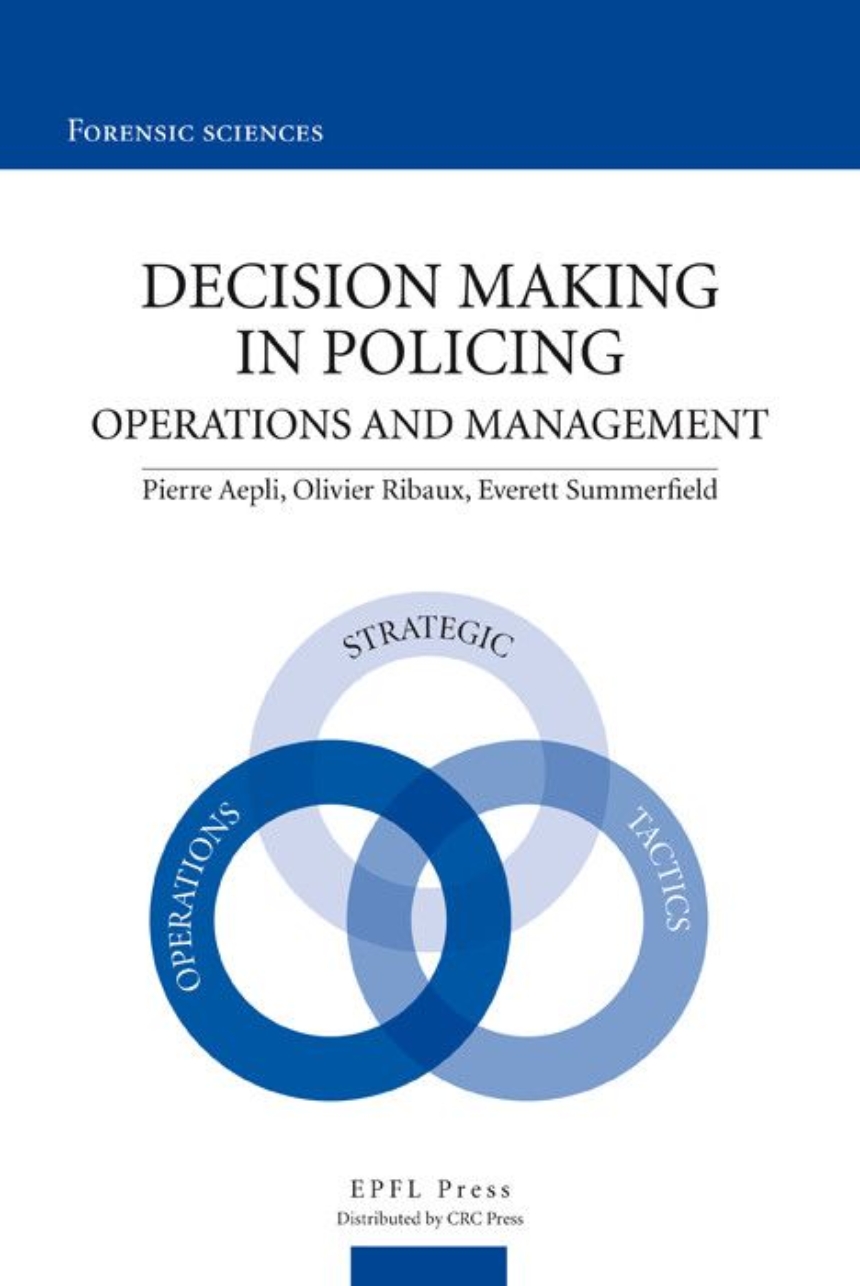Decision making in the police environment must take advantage of the latest advances in business and military management, but at the same time remain aware of the challenges associated with maintaining and restoring order on a day-to-day basis. The framework proposed here has been elaborated from the diverse experiences of the authors as managers, police officers and crime analysts, and from some formalized models and methods taken from the literature. It concerns questions such as how to process and interpret information, how to effectively use intelligence for making decisions, which rules to respect when deploying resources, and how to assess and monitor the impact of measures taken. The global context is generic, but its adaptation when dealing with specific recurrent types of problems will be proposed and illustrated through a series of examples. Although addressed mainly to managers and trainers in police environments, every police officer will discover a methodology that will help him or her to deal with the complex situations faced daily. In addition, those in academia who study the police or develop methods and technologies for law enforcement will use this book to frame current and future topics of research.
228 pages | 6 1/4 x 9 1/2 | © 2011
Table of Contents
Fundamentals / Structure – The systemic approach – A coherent system of decision-making – The role of information in the decision-making process – The role of information in proactive and reactive styles of policing – Traps in the decision-making process – Summary and key points : The Operational Chain / Introduction – Structure of the section – The flow of information and intelligence culture – Role of information – Information processing – Sustained analysis – Dissemination – The information technology fallacy – Intelligence cannot always make the boss (decision- maker) happy – Evidence-based practice and intelligence – Summary and key points – The rational model – The military decision-making model – The police decision-making model – Other decision-making models – Some decision-making traps – Tools – Integration of information in the decision-making process – Summary and key points – What does tactic mean? – A framework for police tactics – Tactical considerations – Coherence – How to increase flexibility in the use of resources? – Issues in the choice and use of tactics – Summary and key points – Definitions – System of control and oversight – Use of assessments – Summary / Structures / Strategy and structures – General structures – Intelligence unit structures – Operational structures – Operational structures and intelligence – Summary and key points / Power and Leadership / What is power? – Problems between holders of power – Leadership – Summary and key points / Command in Operations / Command – The organization of command – Briefings – Summary and key points / Training / Introduction – Who: trainees and instructors – Where: location of the training activity – What: learning outcomes – How: general recommendations for training delivery – Summary and key points
